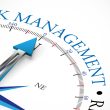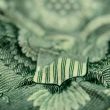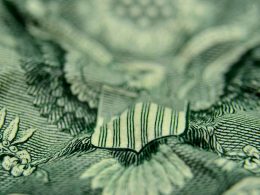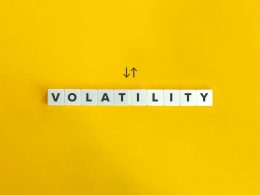For the S&P Composite, the price didn't permanently remain above the 1929 peak until December 1985 — over 56 years later. The total return, with dividends reinvested, took nearly 20 years to achieve the same distinction.
Will the secular bear market that began in 2000 have the same total-return success when the S&P 500 eventually breaks even? Given the much lower dividend yield over the past decades, the prospects aren't encouraging.
Let's look at four charts that overlay two secular bear markets. One is the Crash of 1929 and the Great Depression. The other begins in March 2000 at the top of the Tech Bubble. The first chart shows the nominal price excluding dividends.

Click for a larger image
The Crash of 1929 was a much steeper decline, but the low in 2009 took us to approximately the same percentage loss as the equivalent period during the Great Depression.













